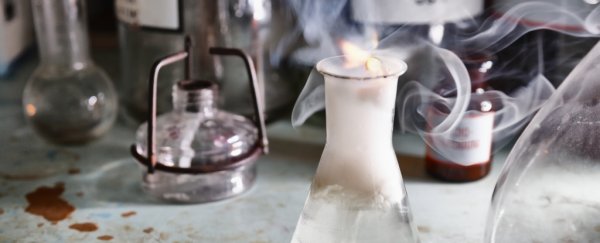The discovery of penicillin by Alexander Fleming in 1928 is often portrayed as a stroke of serendipity falling upon a sloppy worker who had left a bacterial culture plate open on his bench while taking a holiday. The fungus that landed there killed the bacteria – and the lucky Fleming could claim to have saved the world.
It was no simple fluke. The Scottish doctor had, in fact, been leading research into the quest for antimicrobial agents for many years by this time.
Fleming, however, failed to develop the drug, finding it too difficult to purify. This was left to Howard Florey, Ernst Chain and Norman Heatley in Oxford over a decade later – work catalysed by the necessity of war.
The first patient to be treated with penicillin was a policeman, Constable Albert Alexander. According to popular legend, Alexander developed sepsis after pricking himself while pruning roses in the garden of the police house in the pretty hamlet of Wootton in Oxfordshire in the early autumn of 1940.
By the time the researchers felt they could test penicillin in humans – having cured infections in mice and proven its safety in a terminally ill human volunteer – Alexander was deteriorating fast. Now in the Radcliffe Infirmary in Oxford, he was covered in abscesses and had already lost an eye.
He received an initial dose of 200 mg of penicillin, followed by another 300 mg every three hours over five days. His short-term recovery was remarkable. However, the original penicillin formulation was excreted from the body so rapidly that Florey likened their task to trying to fill a bath with the plug out. It also explains the need for frequent repeat doses.
The patient's urine was collected and rushed to the penicillin production unit at the Sir William Dunn School of Pathology, where Chain desperately purified excreted drug for reuse. But he couldn't recover enough. Alexander relapsed and eventually died.
His temporary reprieve, however, helped convince the penicillin team that curing him would have been possible, if only enough of the drug could have been made.
With Heatley, Florey left for the USA. There, Florey persuaded several large pharmaceutical companies (including Merck, E R Squibb & Sons, Charles Pfizer & Co. and Lederle Laboratories) to scale up production. This meant that by the end of World War II thousands of Allied soldiers were surviving battlefield wounds and being treated for sexually transmitted infections, including gonorrhoea. The work sparked the antibiotic revolution.
Recently, an elderly aunt of mine told me a story of an old friend of hers, Sheila LeBlanc. Sheila is the daughter of Constable Alexander. What's more, she is still alive and living in California.
I emailed Sheila with some questions. She explained how, when her father died in 1941, she and her brother were taken into care at the Southern Provincial Police Orphanage in Surrey as their mother, Edith, needed to work.
In the 1950s, Sheila fell for an American serviceman. They married and moved to the USA, and she's now lived there for over 60 years. It wasn't until the 1960s that Sheila's family discovered the role of Albert Alexander in the footnotes of medical history, when a German journalist appeared at Edith Alexander's doorstep asking for a photograph of penicillin's first patient.
It turns out that the infamous rosebush was apocryphal, although Sheila recalls that the police house did have a beautiful rose garden. The fatal cut, near Alexander's mouth, occurred during a German bombing raid in Southampton, where he had been posted to maintain order during the Southampton Blitz of November 1940.
Mike Barrett is Professor of Biochemical Parasitology at the Wellcome Centre for Molecular Parasitology at the University of Glasgow.
This article first appeared on Mosaic and is republished here under a Creative Commons licence.
